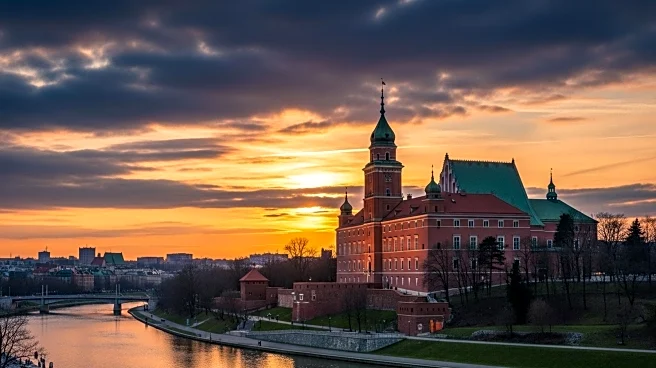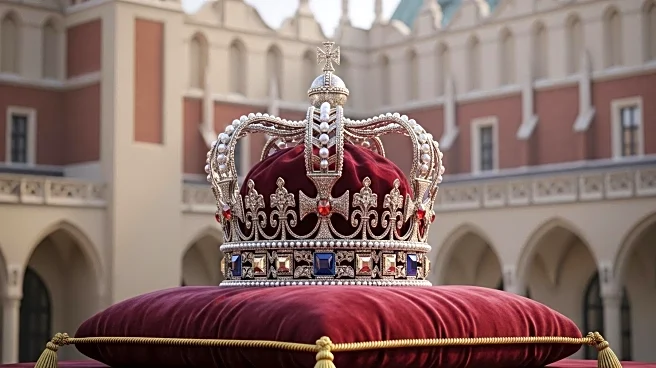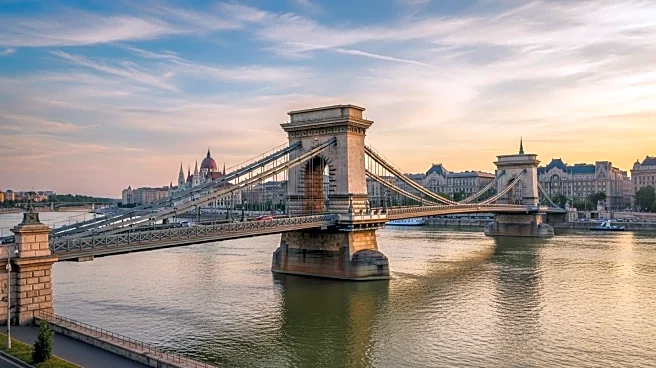Warsaw's timeline is a fascinating journey through history, marked by significant events and transformations. From its origins as a small fishing town to its present status as the capital city of Poland, Warsaw has played a pivotal role in European history. The city's ability to adapt and thrive through changing times is a testament to its resilience and cultural significance.
Origins
Warsaw traces its origins to a small fishing town in Masovia. The city's rise to prominence began in the late 16th century when King Sigismund III decided to move the Polish capital from Kraków to Warsaw. This decision marked the beginning of Warsaw's journey as a central hub of political and cultural activity, influencing the course of European history.
Key Phases
Throughout its history, Warsaw has experienced several key phases that have shaped its development. The city's role as the capital of the Polish-Lithuanian Commonwealth and its transformation during the Napoleonic Wars are significant milestones. The Industrial Revolution brought a demographic boom, further solidifying Warsaw's status as a major urban center.
Turning Points
Warsaw's timeline is marked by several turning points that have influenced its trajectory. The decision to move the Polish capital to Warsaw in the late 16th century was a pivotal moment in the city's history. The aftermath of World War II, which saw the city rebuilt and transformed, is another significant turning point that highlights Warsaw's resilience and ability to adapt to changing circumstances.
Present Status in Source
Today, Warsaw stands as the capital and largest city of Poland, with a population of about 1.86 million residents. The city is an eclectic mix of architectural styles, reflecting its ability to blend tradition with innovation. Warsaw's status as a major urban center and its influence on European history continue to be significant, offering insights into the complexities of urban development and resilience.
 Discover Daily • 8 min read
Discover Daily • 8 min read 











